Vinca Seeds

- Free worldwide shipping on all orders over $100
- Delivers in: 3-7 Working Days Shipping & Return
🌸 What Are Vinca Seeds?
Vinca seeds come from Catharanthus roseus, commonly known as Madagascar periwinkle. A tropical flowering plant, vinca is beloved for its glossy green foliage and bright, star-shaped flowers that bloom non-stop from summer to frost. It is widely used in garden beds, borders, and containers for its heat tolerance and low-maintenance charm.
1.🌿 Botanical Features
-
Seed Shape: Tiny, round to slightly oval, dark brown to black
-
Flower Colors (Mix): Pink, white, red, rose, lavender, and bi-color varieties
-
Plant Height: 8–18 inches depending on variety
-
Foliage: Shiny, oval green leaves with a leathery texture
-
Germination: 7–14 days in warm soil
-
Growth Habit: Upright or spreading (some varieties are trailing)
2.🍽️ Culinary Uses
⚠️ Not edible – Vinca is toxic if ingested and should be kept away from children and pets.
📝 Note: While vinca has medicinal derivatives (like vincristine and vinblastine used in chemotherapy), the plant itself should never be consumed without expert guidance.
3.🏥 Health Benefits
Although vinca is not used in herbal teas or cuisine, it has significant pharmaceutical relevance:
-
Alkaloids derived from vinca are used in modern medicine to treat certain cancers
-
Garden benefits: Provides cheerful blooms, helps reduce stress, and improves garden aesthetics
4.🌱 Growing Vinca from Seed
Step-by-Step Guide:
-
Sow Indoors:
-
Start 10–12 weeks before the last frost
-
Sow ¼ inch deep in seed trays or pots
-
Keep soil temperature between 21–26°C (70–80°F)
-
-
Germination Tips:
-
Cover seeds—they need darkness to germinate
-
Mist lightly to avoid overwatering
-
Germination occurs in 1–2 weeks
-
-
Transplanting:
-
Move seedlings outdoors after the last frost
-
Space 8–12 inches apart in well-drained soil
-
-
Water and Care:
-
Water sparingly once established—vinca dislikes soggy soil
-
No deadheading required—self-cleaning flowers
-
Fertilize lightly for more blooms
-
-
Sunlight:
-
Thrives in full sun to partial shade
-
🔍 Fun Fact
Vinca is a superstar in tough conditions—it tolerates heat, drought, humidity, and poor soils with ease. It’s often called a “set-it-and-forget-it” flower for busy or beginner gardeners!
Your email address will not be published.


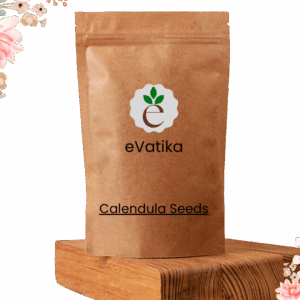

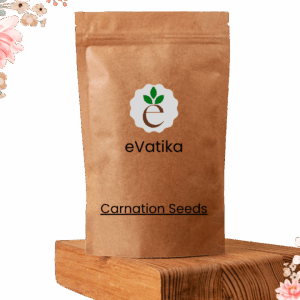
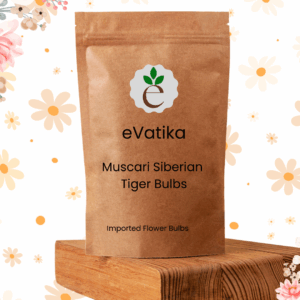
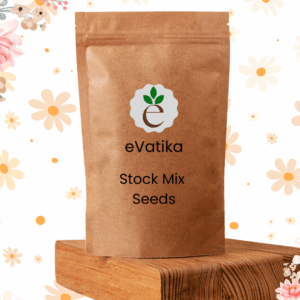
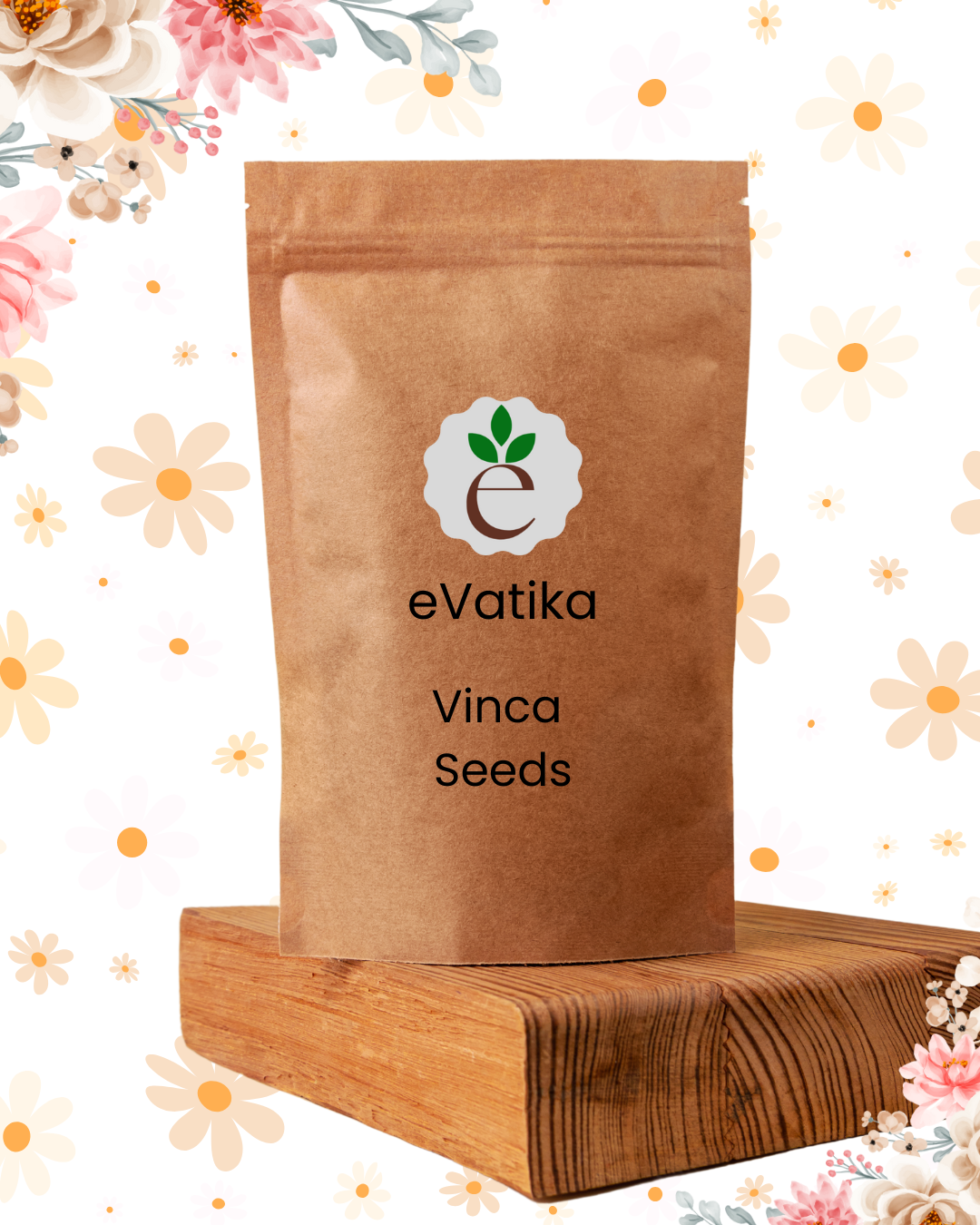
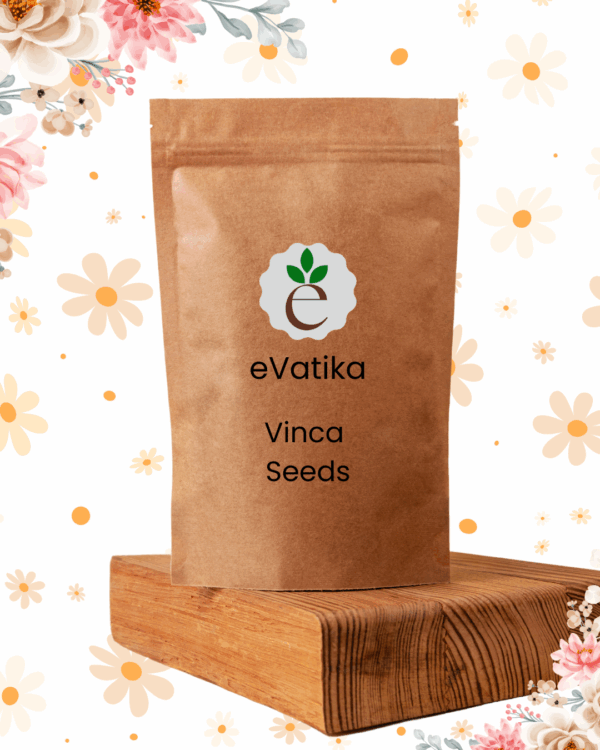
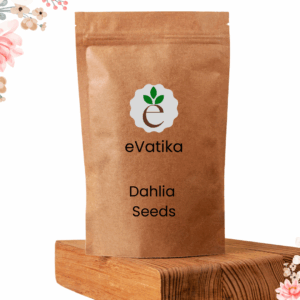
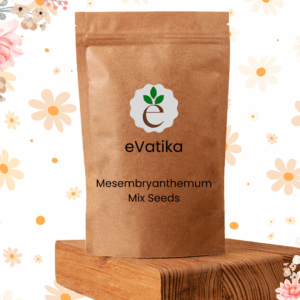
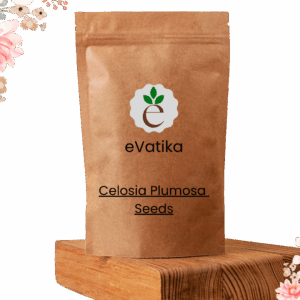
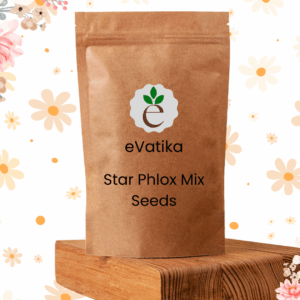
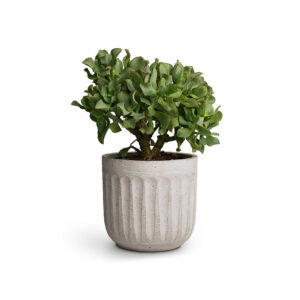
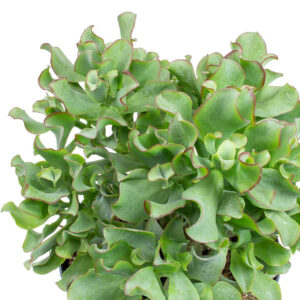
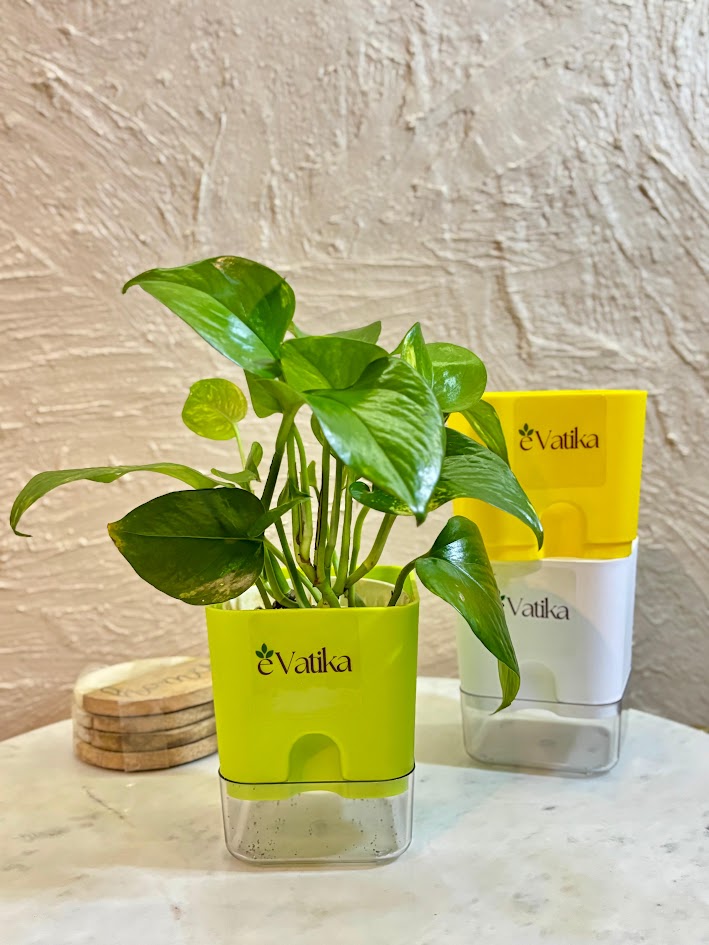


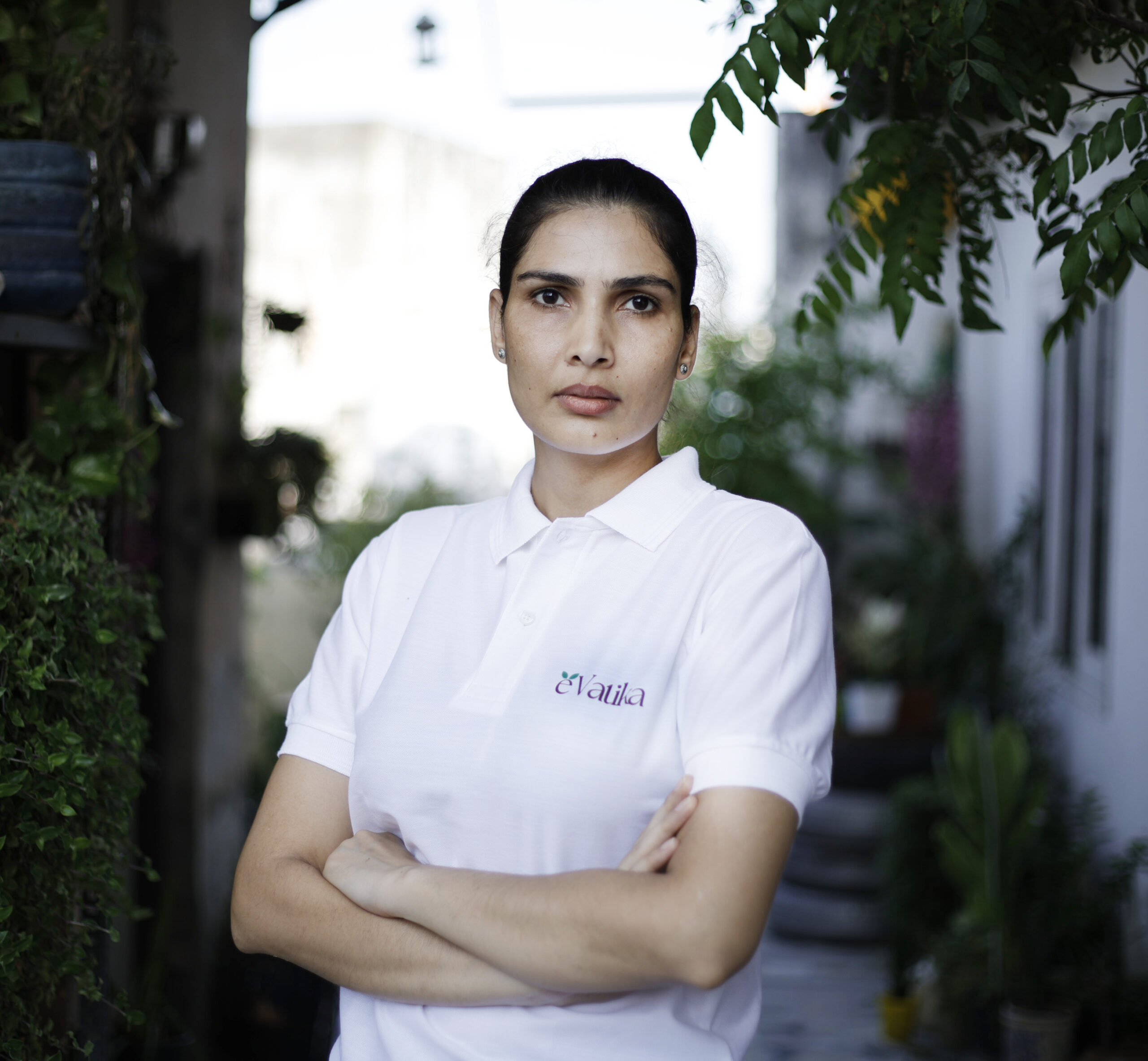


Reviews
There are no reviews yet.